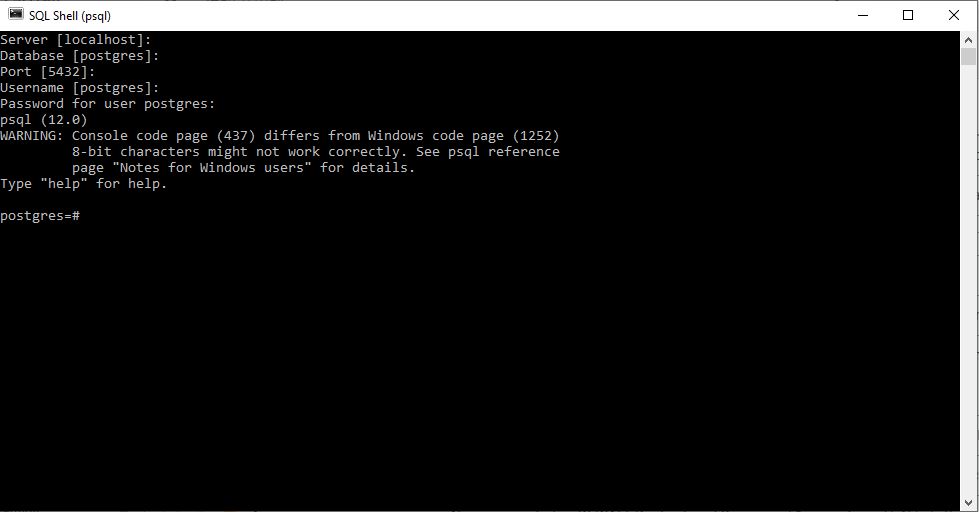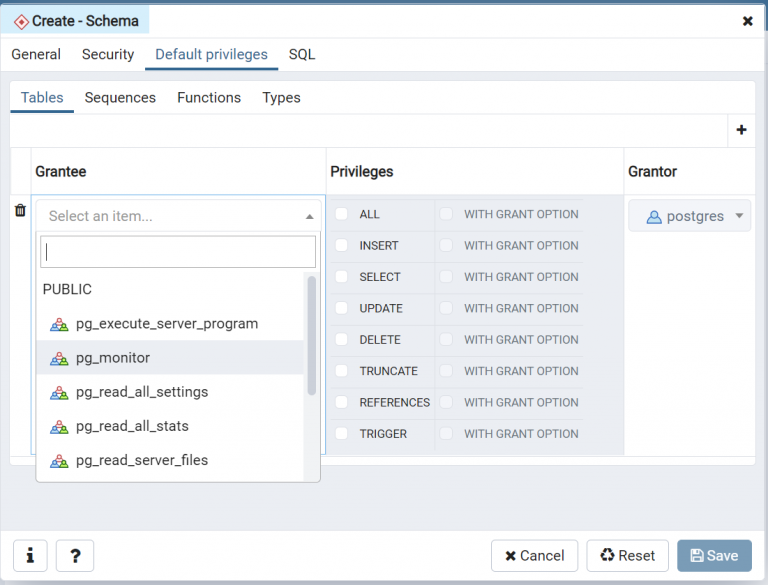

Adding Postgres with Docker to an existing Node.js project.Why use Postgres with docker for local development.
#Postgres app not showing databases how to
In this post, we will look into how to run and use Postgres with Docker and Docker compose step-by-step keeping things simple and easy.

Running Postgres with Docker and docker-compose makes it very easy to run and maintain especially in a development environment. This official feature matrix shows the wealth of features Postgres has. Postgres (a.k.a PostgreSQL) is an open-source, standards-compliant, and object-relational database been developed for more than 30 years now. Import * as Sequelize from 'sequelize' import db from './util/database' const User = db.define('users', from '.Docker has shot up in popularity over the years. Let's create our model with these fields: Inside this folder, let's create a file called users.ts`. In the src folder, let's create a folder called models. Again, this is not strictly necessary, but it’s very convenient to focus on the important part that will come soon: Docker Compose. We will create a specific file, inside a models folder, which will be read by Sequelize to create a table and perform all the necessary SQL queries. Now let's create a template for our database to store information about our users. We will see that Docker finds the containers by the container name.

(where XYZ is our variable name) is how Node.js stores and reads environment variables. Populate the database.ts file with this command: const Sequelize = require( 'sequelize') This file is needed to configure the database connection between our Node.js backend and the Postgres container. util.Navigate into this util folder and create a new file called database.ts.Īt this point, your folder structure should look like this: In the src folder, create a new folder called. You can edit the current repository according to your needs! Let’s step through an example.
#Postgres app not showing databases install
Since we are using Typescript, we can optionally install sequelize types for Typescript: npm i -save -dev /sequelize The ORM is helpful because it’ll help us automatically create the table and make inserts, updates and deletes without writing SQL commands. We could use another ORM package or even not use an ORM at all.


 0 kommentar(er)
0 kommentar(er)
